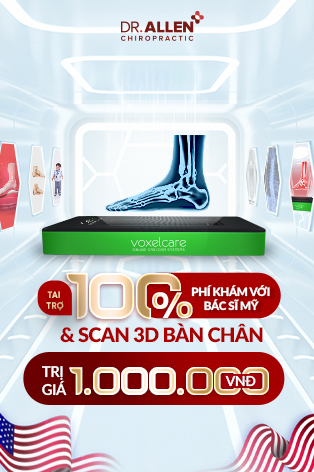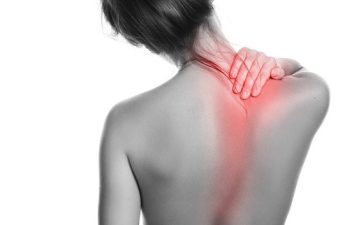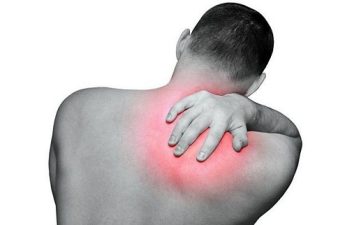A herniated disc can cause severe discomfort and disrupt everyday life. If you’ve been diagnosed with this condition, you might find yourself asking questions like, “Can a herniated disc heal on its own?” or “How long does it take for a herniated disc to heal without surgery?” This blog post seeks to answer these questions and explore non-surgical treatments to manage and potentially heal herniated discs.
Can a Herniated Disc Heal on its Own?
To a certain extent, yes, a herniated disc can heal on its own. The human body has an innate capacity to heal, and this applies to the spine as well. Over time, the body can resorb the herniated portion of the disc, and symptoms can improve or even disappear. The numbness caused by a herniated disc can also go away over time. However, the timeframe for this natural healing process varies, often ranging from several weeks to a few months or more, depending on the severity of the herniation and individual factors.
Non-Surgical Treatments for Herniated Disc
While some cases of herniated discs may require surgery, many can be managed effectively without surgical intervention.
Physical Therapy: Tailored exercises under the guidance of a physical therapist can help strengthen muscles, improve flexibility, and promote better posture, all of which can aid in relieving pain and promoting healing.
Chiropractic Care: Chiropractors use techniques such as spinal manipulation and mobilization to alleviate pain and improve spinal function. When comparing chiropractic care vs surgery for herniated disc, it’s worth noting that chiropractic care is less invasive but may take more time to show results.
Pain Management: A range of options, from over-the-counter and prescription medications to epidural steroid injections, can be used to manage pain from a herniated disc. However, these should be used judiciously due to potential side effects.
Lifestyle Modifications: Adopting a healthier lifestyle, including maintaining a healthy weight, practicing good posture, and avoiding straining your back, can contribute to the healing process.
Alternative Treatments: Therapies such as acupuncture, massage, or yoga can help manage pain and improve overall well-being. However, these should be considered complementary to primary treatments like physical therapy and medical management.
Navigating Treatment Options: Injections vs Surgery
When pain is severe or doesn’t improve with conservative treatments, more aggressive options may be considered. Both injections and surgery have their place in the treatment of herniated discs. Steroid injections can reduce inflammation and pain, offering temporary but often effective relief. Surgery, though more invasive, can provide a more definitive solution in severe cases.
However, the choice between injections and surgery for a herniated disc will depend on several factors, including the severity of the herniation, the patient’s overall health, and how well they respond to other treatments.
When Pain Suddenly Disappears
If your herniated disc pain has suddenly gone away, this might indicate that the pressure on the nerve has reduced, potentially because the herniation has started to resorb. However, it’s important not to ignore the underlying issue. Continuing with physical therapy and other treatments can help prevent a recurrence.
Conclusion
The healing journey from a herniated disc can be a complex process involving patience, commitment, and a holistic approach to treatment. While the natural healing capacity of our bodies, combined with non-surgical treatment options, can lead to substantial improvement or even resolution of a herniated disc, it’s important to consult with healthcare professionals to devise a tailored, effective treatment plan. Remember, the goal is not just to relieve pain but also to promote overall spine health for a better quality of life.
Chiropractic Treatment for Herniated Discs
The approach of chiropractic treatment for herniated discs is typically holistic and patient-centered, aiming to provide relief without surgical intervention or drugs.
Spinal Manipulation: This is the most well-known chiropractic technique, also called chiropractic adjustment. The chiropractor applies a controlled, sudden force to the affected spinal joint, which may help to align the spine, improve spinal function, and alleviate pain. This technique, when done correctly by a professional, is considered safe but should not be performed if certain contraindications exist, like severe osteoporosis or spinal cancer.
Flexion-Distraction Technique: This is a gentle, non-thrust type of spinal manipulation often used for herniated disc treatment. The chiropractor uses a special table that distracts or stretches the spine, and by using a pumping action on the disc instead of direct force, the pressure on the disc can be reduced, leading to pain relief.
Pelvic Blocking Techniques: These methods involve placing cushioned wedges on the sides of the patient’s pelvis, along with gentle stretches. This can help move the disc away from the nerve, reducing inflammation and pain.
Physical Therapy Modalities: Many chiropractors also employ physical therapy techniques, such as ice and heat therapy, electrical stimulation, or ultrasound to reduce inflammation and muscle spasm associated with herniated discs.
Exercises and Lifestyle Modifications: A chiropractor can provide exercises tailored to the patient’s condition, which can help strengthen the spinal muscles and prevent further injury. They may also offer advice on posture and ergonomics to help prevent disc herniation in the future.











